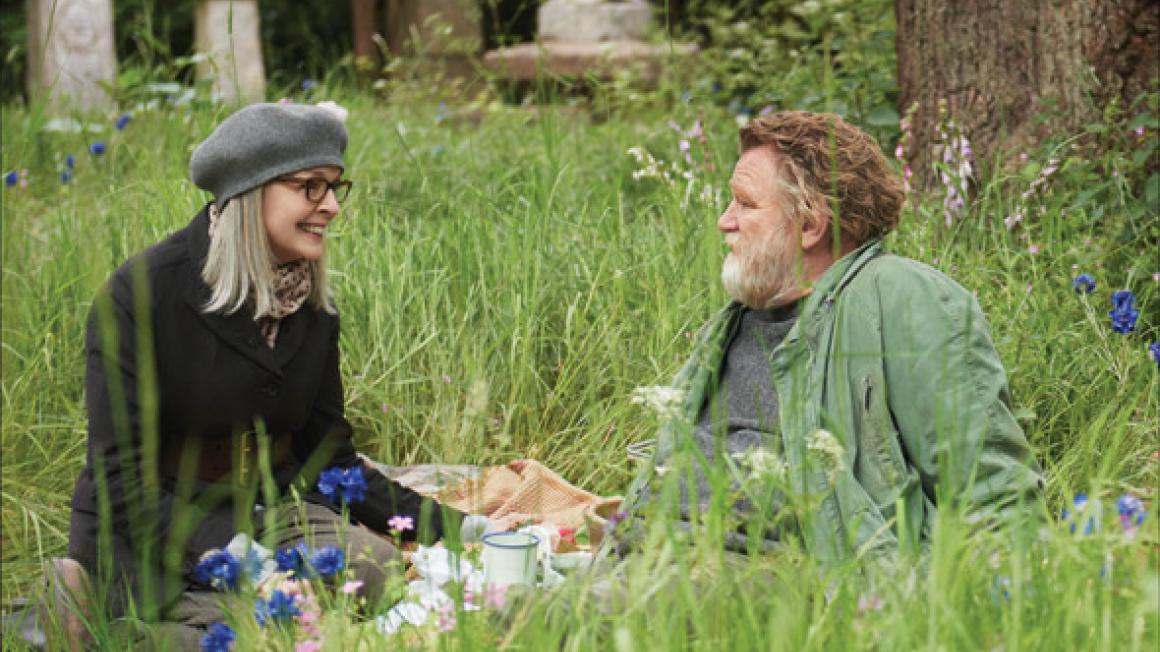Hampstead
In 1999, Richard Curtis’s rom com put Notting Hill on the global map. Now, with Hampstead, director Joel Hopkins may be hoping for similar success, but I doubt the good burghers of Hampstead need fear an influx of Chinese tourists along their leafy lanes and quaint cobbles.

Hopkins grew up around the Heath and knows the place well, and if Curtis came in for stick for his whitewashing of ethnic communities from Notting Hill, Hopkins can hardly be accused of that. Maybe there aren’t enough East European émigrés demanding cheesecake or liberal intellectuals knocking on the doors of Al Alvarez and RB Kitaj, or wives of Swiss bankers screeching at children, but that’s the worst you can say. The film looks and feels about right.
Diane Keaton plays once-wealthy housewife Emily, a long-time local and widow still shocked at her philandering banker husband’s recent demise and dealing, badly, with his debts. Fiona (Lesley Manville), her uptight neighbour, fixes her up with an oily accountant (played by British cinema’s current go-to creepy guy, Jason Watkins).
Sifting through her possessions in the attic one lonely night, Emily finds her husband’s old binoculars and scans the Heath across the road. She spies a big man washing in one of the ponds, like Baloo the bear. She watches as he lopes back to a shack, a kind of hut nestled away in the woods and undergrowth.
A few days later, Emily stumbles across him resting by Karl Marx’s grave in Highgate and they begin an unlikely friendship, fuelled by Emily learning that Donald (played by Brendan Gleeson) faces eviction by greedy developers keen to build luxury flats in the grounds of the old hospital where his abode stands.
Their friendship turns to dinner at his place (fish illegally caught in the pond and home-grown vegetables, with homemade wine) and pretty quickly Emily is literally shacked up with Donald, who’s as proud of his fragrance of ‘patchouli and pond scum’ as he is of his interior decorating style.
Keaton is better than I’ve seen her for ages, with a vulnerability to go with the kookiness. She goes ‘full Keaton’ on the outfits, too, rustling up tweedy jackets, polka dot scarves, collared shirts and slacks, topped with a grey wool beret – as if Annie Hall chose to live out her golden years in north London. As for Gleeson, he mainly wears a T-shirt, but he does accessorise with a wooden staff and occasional hat, which lends him a hint of Gandalf, or a Roald Dahl character.
The film plays with the contrasts lightly. Emily’s attraction to Donald’s lifestyle teaches her life lessons (like beware snivelling accountants) while Donald remains wary of reality, as he becomes a reluctant cause célèbre and ends up fighting a court case.
We never find out how Donald comes to be living here, undetected for so long. We are probably meant to envy his self-sufficiency in the modern city and the film is, finally, dedicated to the real-life Henry Hallowes, who lived in a shack on the Heath ‘the way he wanted’.
But the film never quite deals with insane property prices, heritage, conservation or any of London’s pressing housing issues and there could have been more big laughs. There isn’t much actual drama, at least until the court scenes which feel like they belong to another film.
Yet there is a balmy relief to be had in this summery amble, handsomely shot by upcoming cinematographer Felix Wiedeman and gently scored by Stephen Warbeck. Keaton’s terrific, and it’s sweet, airy and so unhurried you feel like you’ve had an afternoon off work, gambolling in the long grasses and cool breezes away from the city. You wouldn’t want to live there, though.




